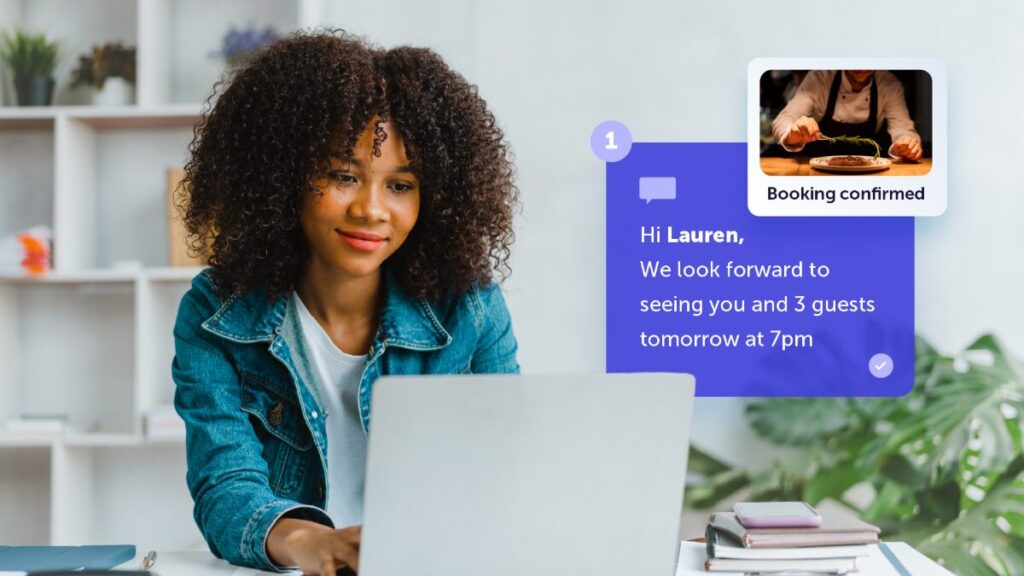5 stages of the customer lifecycle and which emails to send
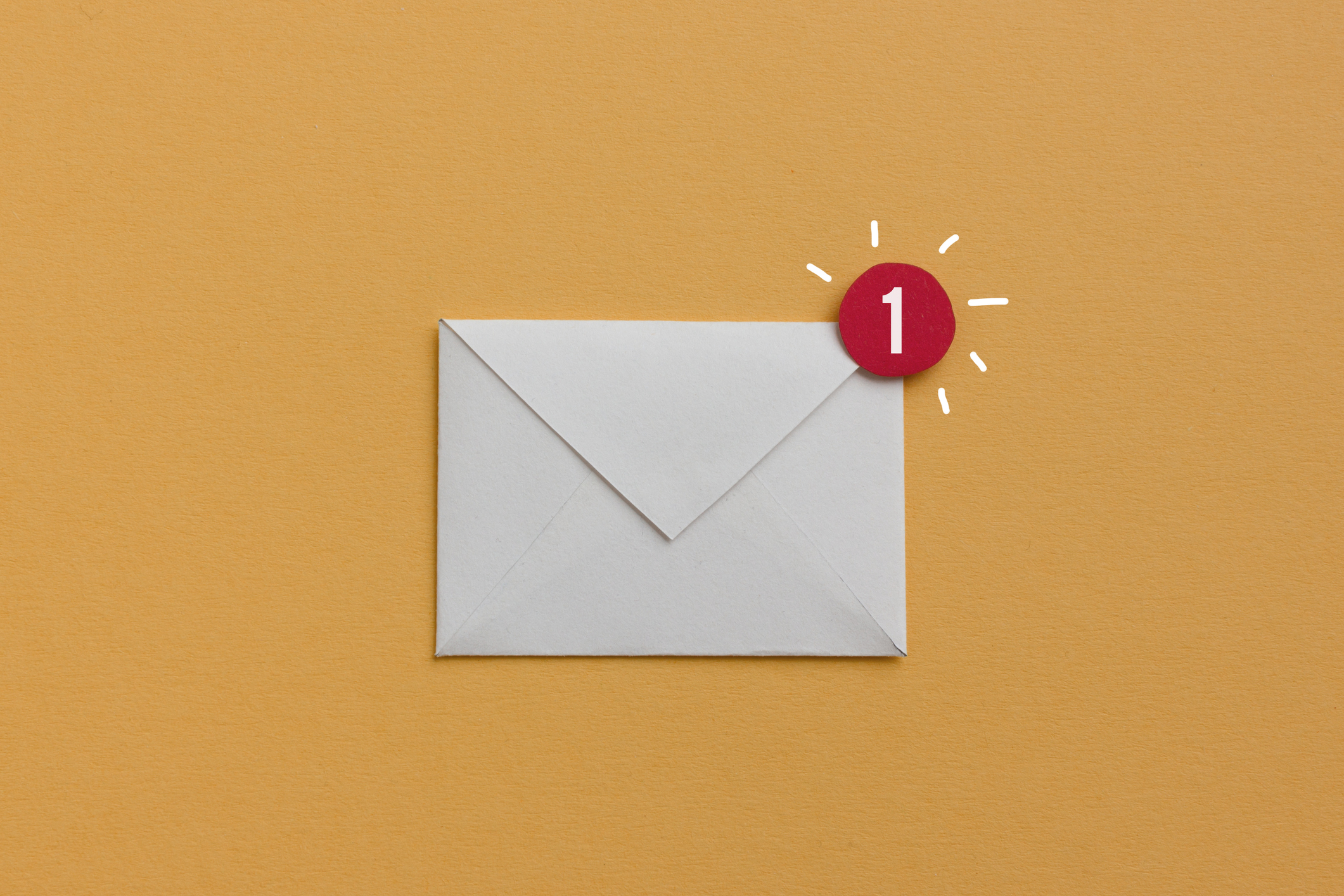

What is customer lifecycle marketing and why is it important?
Data-driven, customer lifecycle email campaigns are designed to deliver messages to customers at a time that suits them. It’s an email marketing strategy based on the idea of delivering the right message to the right person at the right time, throughout the whole business cycle.
Marketers can adopt highly specific and targeted email marketing techniques, due to the sophisticated nature of data collection and ever-advancing developments within Dotdigital. It’s time to make maximum impact.
Sending the same emails to everyone on your list is wrong and hinders your growth
At any given time, each customer is at a different point in their relationship with your product or brand. Think of the customer’s lifecycle as a journey – everyone has their own journey in their own time. Rather than sending bulk generic emails to all your recipients, customer lifecycle emails are targeted to specific customers at crucial points in their own individual journey.
With the level of advanced email tools available to date, batch-and-blast emails should be a very small proportion of the emails you are sending. This mentality of quantity over quality is no longer effective in today’s email marketing world.
Leaving behind the spray-and-pray mindset and focusing on lifecycle marketing is the key to increasing email ROI.
Customer lifecycle marketing is the key to increasing email ROI
Basing your email campaigns on the customer lifecycle will produce better conversions, because the email content targets the individual recipient. Even if your recipients don’t convert right away, they’ll still find your emails valuable.
How you define your customer lifecycle is specific to you and your brand. The typical customer lifecycle includes these five stages:
1. Prospects
Prospects are people or companies who aren’t customers… yet. They fit in with your buyer persona and they’ve had a minimal level of interaction and engagement with your brand.
Make sure to encourage them to make their first purchase; incentivizing them with a discount always helps. Ensure you set up a welcome program to make that important great first impression.
Here are some nice welcome email ideas:
- Nasty Gal prompts new contacts to check out the blog and connect on social.
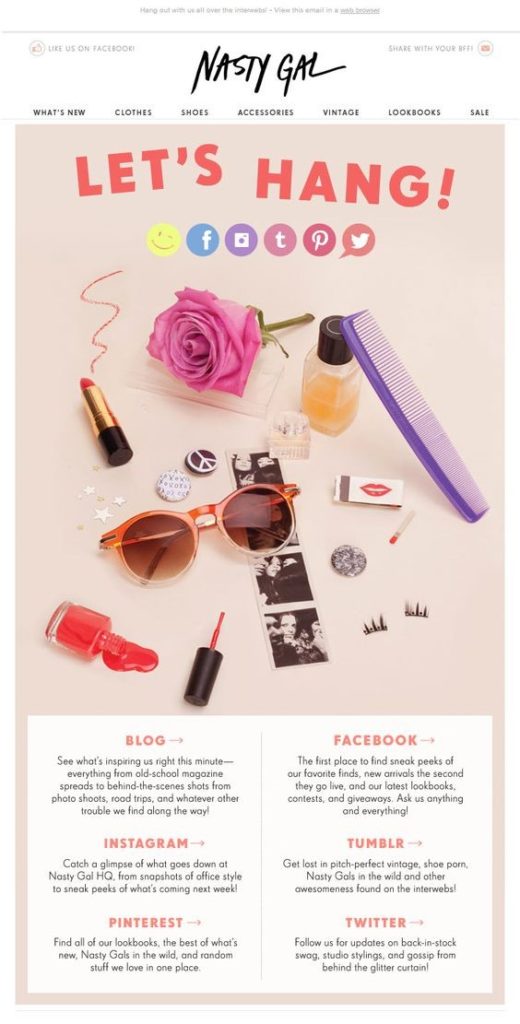
- Kate Spade’s compelling welcome message gives you four reasons to visit the online store.

- FUNFIT welcomes new subscribers with a 15% off their first order along with useful CTAs.
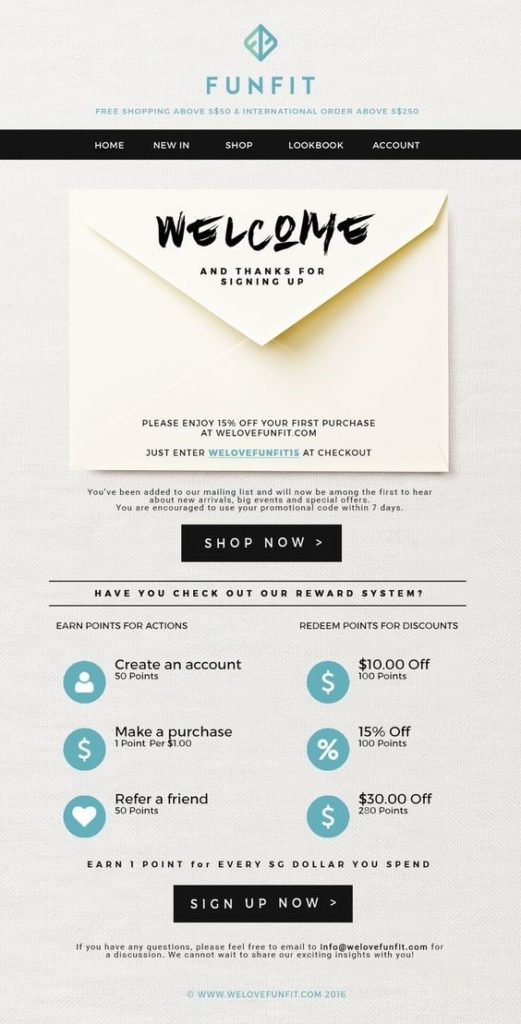
2. Active customers
These are people who have already made at least one purchase. It can also apply to those who have made multiple purchases. I would recommend segmenting these customers into several groups based on their purchasing habits.
For example, you might split those who purchase seasonally separately to those who purchase weekly. You need to ensure you keep these customers engaged so they continue buying from you. Additionally, you should be sending these customers transactional emails and replenishment emails.
3. At-risk customers
I class at-risk customers as those who were previously active but whose behavior has since dwindled – i.e. they haven’t made a purchase in a while.
How you determine when a customer moves from ‘active’ to ‘at risk’ is entirely dependent on your products and customers.
If you’re an automotive online brand, you may only expect the customer to purchase once during their car’s lifespan. However, if you’re a women’s fashion brand you might place someone ‘at risk’ if they don’t make a purchase after 30-60 days.
Deliver tailored content to each segment
You need to turn these at-risk customers in to active customers before they lapse. I won’t sugar-coat this; it can be difficult to re-engage someone unless you know specifically why they lost interest.
In addition, one of the most effective ways to contact them is through email, which doesn’t help if they’ve learned to ignore your emails. Try and understand what caused the customers to disengage initially.
You can’t send every email subscriber the same content, you must segment based on their past interactions with your brand and deliver tailored content to each segment. Optimizing the frequency of your emails will also help so you don’t overwhelm your customers.
4. Lapsed customers
These are the customers who have long gone past the point they were supposed to make a purchase and don’t respond to your emails. You need to reactivate these customers. Like at-risk customers, I’d suggest running some win-back style email campaigns to turn lapsed customers in to active customers. It can be tough, but not impossible. Lapsed customers don’t work in our favor as they are further away from your brand. Trying to win back old customers will make you understand why it’s so important to keep your current ones!
And remember, acquiring a new customer can cost five times more than retaining an existing one. So, don’t let your customers drop off!
5. Advocates
Look after your advocates, for these are the people that not only purchase your products regularly, but also promote your brand – on social media or simply by word of mouth. They are at the height of the customer lifecycle.
You want to nurture and reward these customers, so they stay engaged and continue to promote for you. You may decide to send your advocates special content – make sure to include something exclusive in your emails to drive home the point that your recipients aren’t like your regular customers.
Here are a couple of ideas of loyalty-style emails:
- Starbucks rewards customers with bonus stars when they buy coffee and extended happy hours.
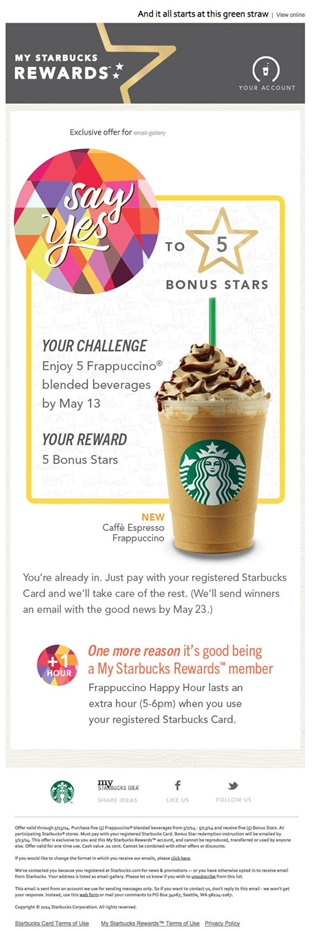
- Madewell thanks its customers for joining the Insider gang and outlines all the ‘just-for-you’ perks.
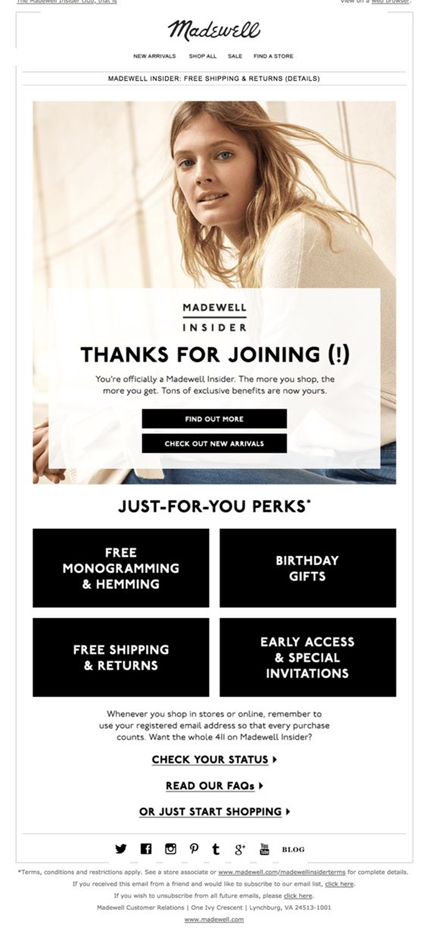
You need to map out your customer lifecycle and create emails for customers at each stage. This will improve your conversion rates and build a stronger brand following.
Although it may require some time and resource for strategy and implementation, once set up, it will deliver business results continuously. Your dotdigital account manager can help with this – make sure you get in touch.
Want more great content? Check out these ways to make your marketing automation smarter.


